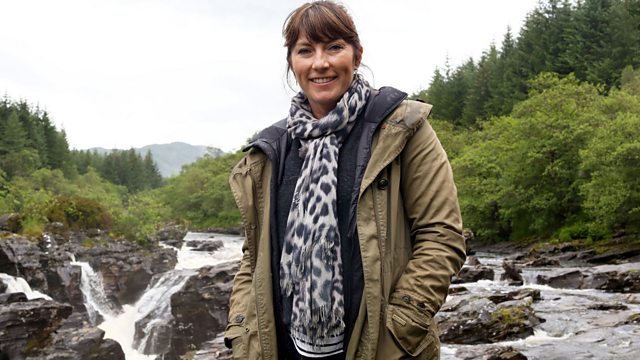Power of Petite
Lucy Cooke discovers why animals are the size they are, and finds out why it can pay to be small.
Bigger is better, right? An ancient lore in biology, Cope’s rule, states that animals have a tendency to get bigger as they evolve. Evolution has cranked out some absolutely huge animals. But most of these giants are long gone. And those that remain are amongst the most threatened with extinction. Scientists now believe that while evolution favours larger creatures, extinction seems to favour the small.
If you look at mammals, at the time of the dinosaurs, they were confined to rodent-sized scavengers living on the periphery. But 66 million years ago, the dinosaurs went and allowed the mammals to evolve into some really big creatures - 30 metre long blue whales, the ten tonne steppe mammoth and a giant ground sloth that looked a bit like a hamster but was the size of an elephant with enormous hooks for hands. Now, only the blue whale remains and these have been shown to have shrunk to half the size of their Pleistocene ancestors. So is it better to be small? Smaller animals need fewer resources and smaller territories. With the planet in such peril – are more animals going to start shrinking? Well, perhaps…new research shows that in 200 years’ time, the largest mammal might be the domestic cow. And of course the most successful organisms, in terms of biomass, on the planet are the smallest. Zoologist, Lucy Cooke examines the science of being small, and why size matters.
Last on
Broadcasts
- Tue 13 Aug 2019 11:00±«Óãtv Radio 4
- Mon 19 Aug 2019 21:00±«Óãtv Radio 4

